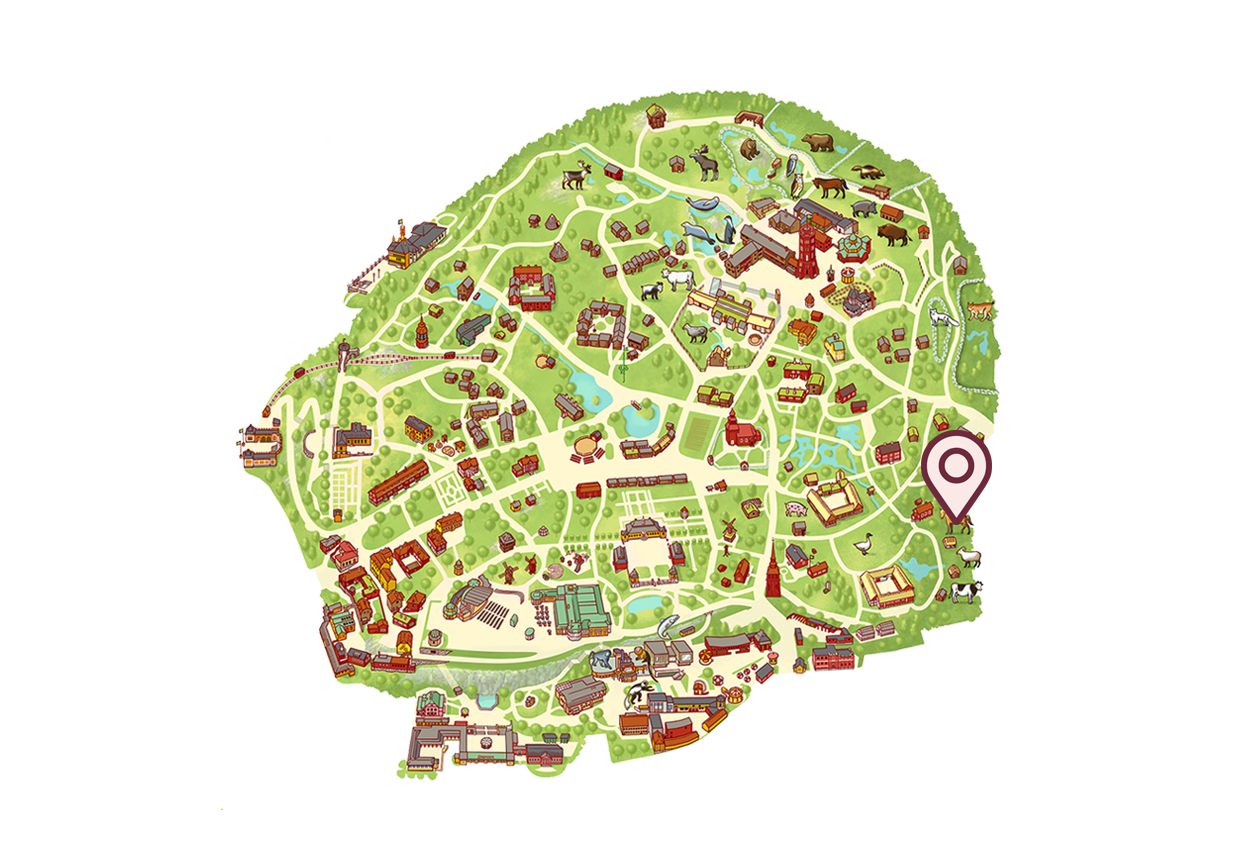Gotland pony
This pony is a hardy breed that originated on the island of Gotland during the Iron Age. In ancient times, the pony was mainly used to pull loads on farms and as a road horse. Large herds of semi-wild Gotland ponies still live on Lojsta Heath on Gotland.
You can find the Gotland pony here
